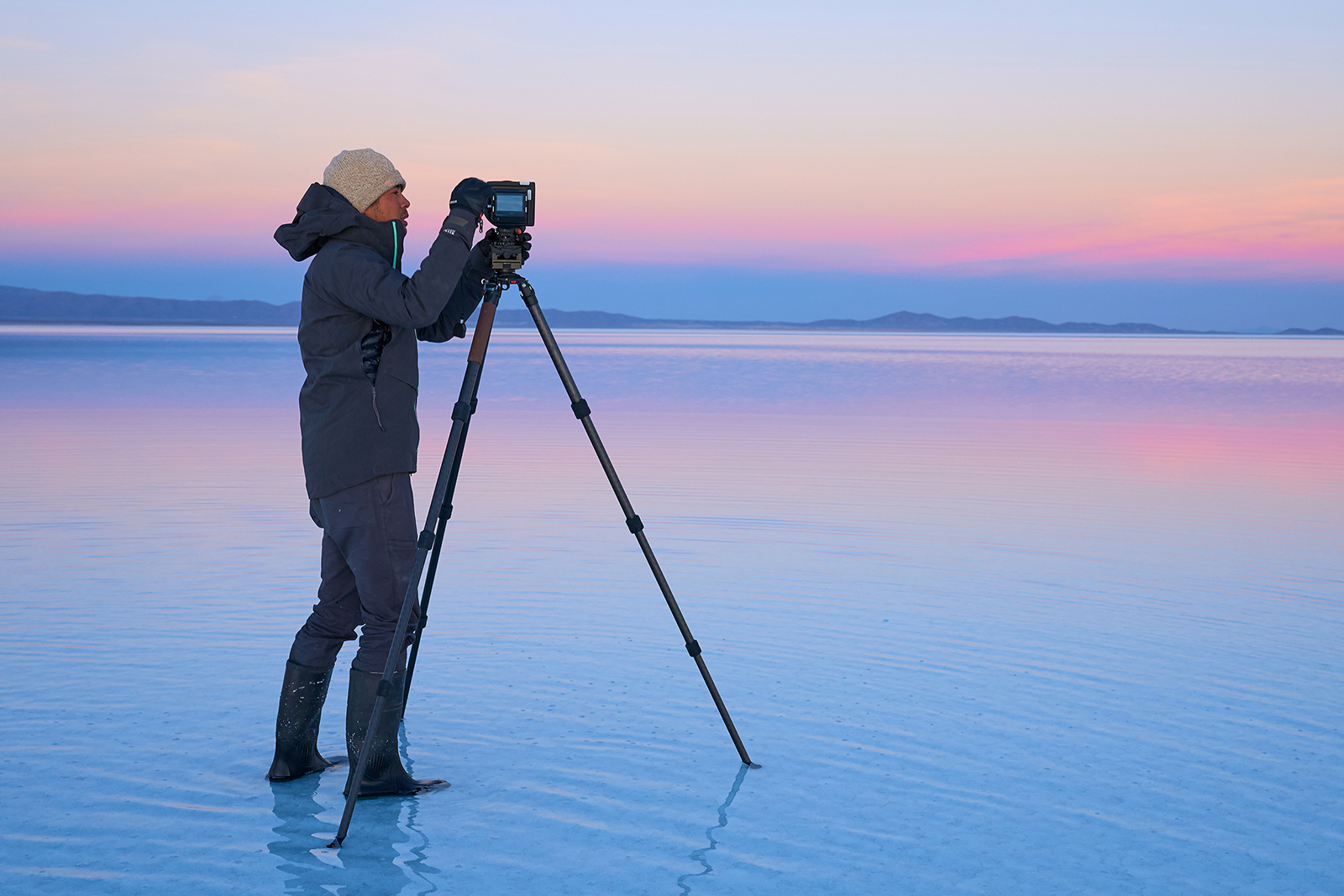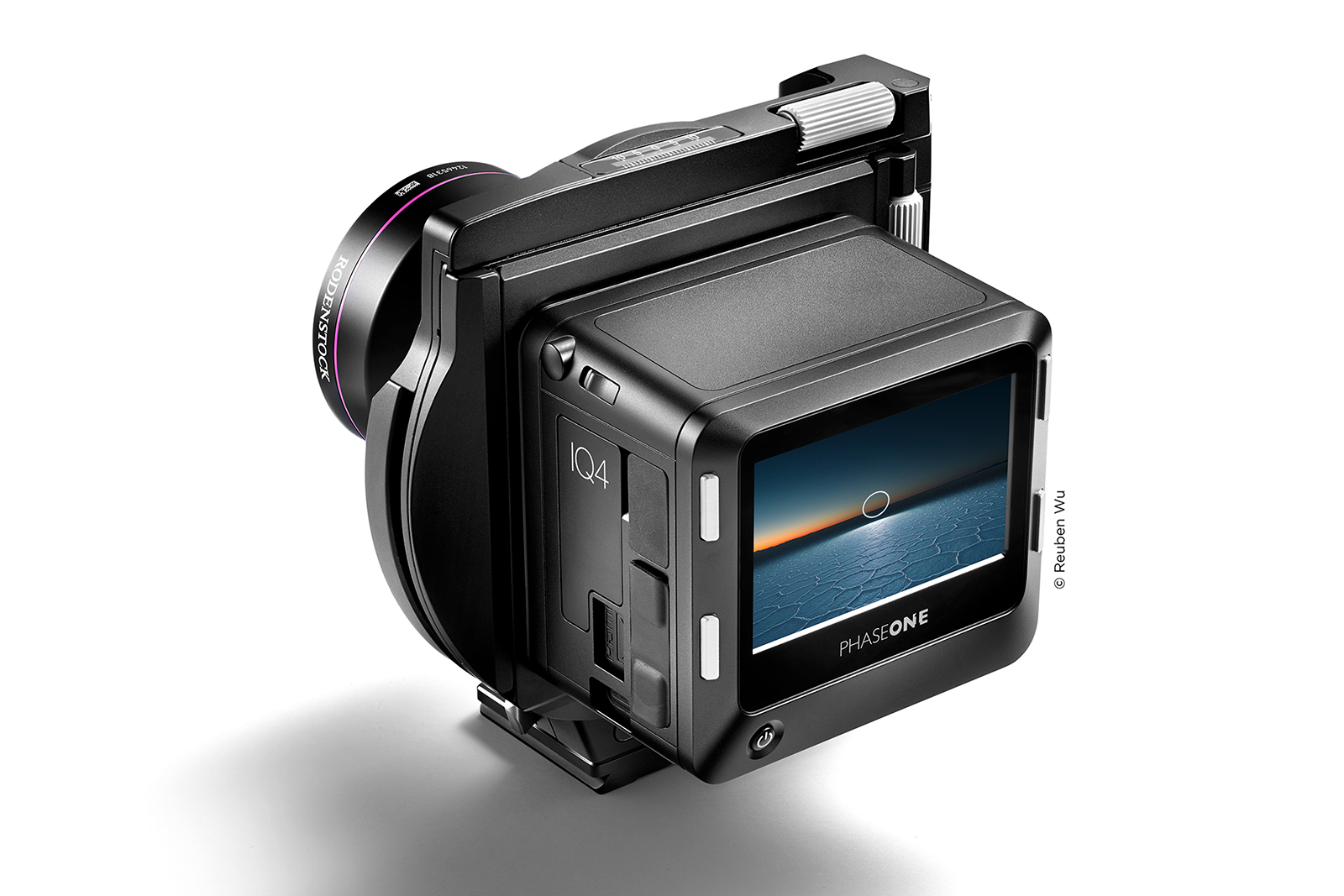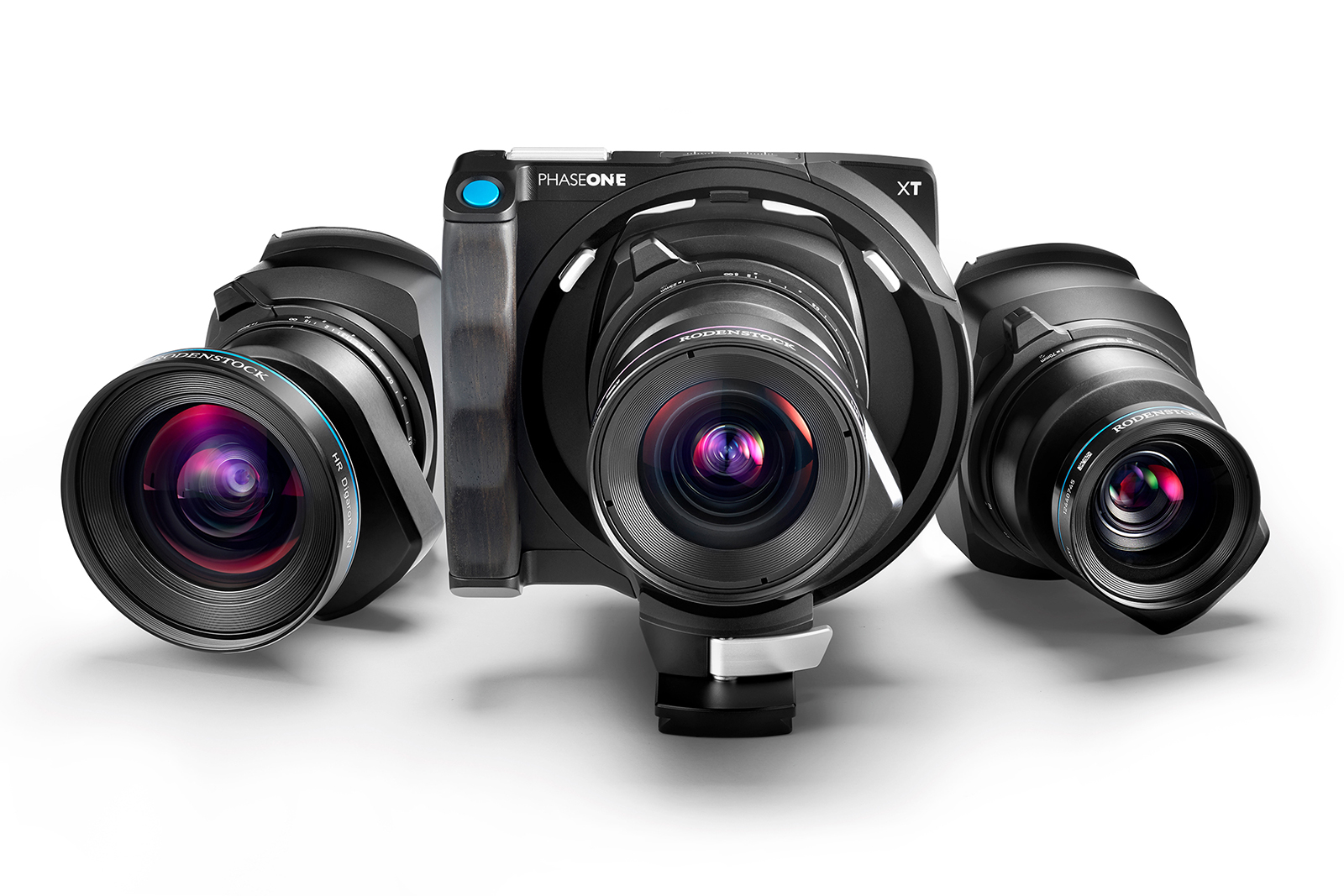Next to image quality, medium format cameras are known for being massive and expensive — but Phase One’s latest camera aims to resolve at least one of those negatives. Unveiled on Tuesday, September 10, the Phase One XT is the most compact medium format field camera system yet, the company says.
The Phase One XT is a modular camera system that works with Phase One’s existing sensors but adopts a new body designed to make the large sensor system more compact. Despite housing a medium format sensor with either 100 or 150 megapixels, the camera body is roughly 6.3 inches tall and 5.8 inches wide, weighing under two pounds without the sensor back. While that’s not compact by any means considering cameras as a whole, it’s more travel-friendly than most monstrous medium-format systems. (Note that a medium format modular system is different from a medium format mirrorless, which tends to still have an edge in compact size.)
The modular body houses intuitive ergonomics, the company claims, with a design geared toward landscape photography. The company also plans to continue expanding the system with additional accessories.
The XT can use one of Phase One’s three backs — the IQ4 150 megapixel in color, the black and white version of the same sensor, or the IQ4 100-megapixel sensor. The modular design brings similar image quality to the company’s other modular camera systems, but with a more compact body.
The XT system also uses a new lens system, with three XT Rodenstock lenses available at launch: the XT HR 70mm f/5.6, the XT HR 32mm f/4, and the XT HR 23mm f/5.6. The trio of lenses uses a new electromagnetic shutter adapted from the company’s industrial line.
The lens-camera combination is designed specifically to correct perspective distortion using shift movement, which allows the photographer to make perspective corrections in-camera. The feature can also be used for stitching images together.
“The XT Camera System is designed to elevate both your creativity and image quality by providing the best possible components, in the smallest possible package with intuitive controls, all of which allows you to focus on the moment,” said Drew Altdoerffer, Phase One product manager.
While the XT addresses the category’s size, the new camera system sits in line with the prices of other high-end medium format cameras from the company. Paired with the IQ4 150 megapixel sensor and a lens, the system retails for nearly $57,000.
Editors' Recommendations
- HP unveils new IPS Black monitor with one key new feature
- You’ll have to imagine how fun the new OnePlus Nord 2 x Pac-Man phone looks
- Fujifilm’s GFX 50S II is the cheapest medium-format camera ever
- Insta360’s One R camera gains lots of exciting new features
- Lenovo’s new all-in-one PC features a swiveling hinge for work-from-home comfort









